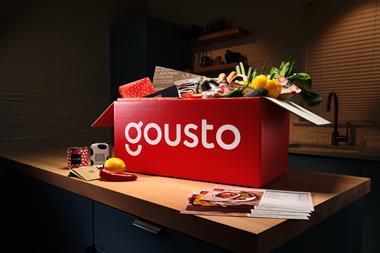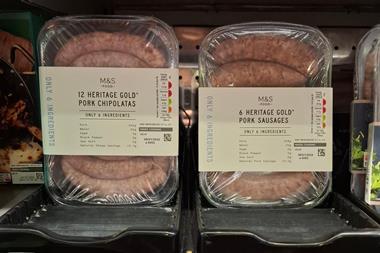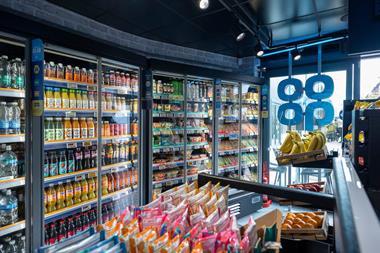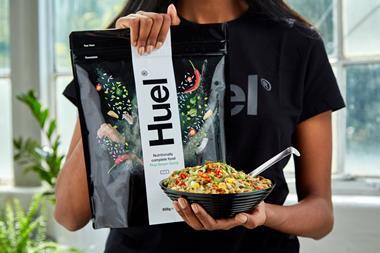
Physical and mental availability continues to play a crucial role in driving growth. That much is evident in a recent study from the Ehrenberg-Bass Institute for Marketing Science.
Yet as retailers continue to make sweeping changes to the mix of brands and private labels they stock, maintaining distribution has become as much of a challenge for multinational brands as it is for smaller brands, who have always struggled to gain a foothold across multiple stores.
Circana’s 2023 analysis reveals that despite a 0.4 percentage point increase in the value of private label, which now accounts for 36% of UK fmcg sales, it is nonetheless experiencing a decline in share of range alongside brands. This indicates retailers are reducing product offerings to manage rising distribution costs.
In frozen food, for example, average product distribution was down by 2.8%. Chilled food saw a 1.3% decline and ambient grocery fell by 1.4%.
The only outliers are categories such as petfood, which has grown its footprint by 4% due to the boom in new pet ownership that started during the pandemic. Retailers have introduced innovative petfood products with human-grade ingredients like vegetables and pulses, along with low-fat nutrient options. Despite this, private label share of total distribution decreased by 1% due to increased promotions and innovation by petfood brands.
In this ever more pressured landscape, it is critical for retailers to get the balance right and meet demand for the specific shopper profiles across stores and regions. This can be tricky when retailers must negotiate with a high volume of brands, alongside varied and continuously changing customer preferences.
All of this means data-driven decision-making at a forensic level is essential. Thankfully, the democratisation of data means more retailers are sharing their data with suppliers. Such collaboration changes the balance of power in what can sometimes be subjective negotiations.
Ranging and distribution conversations have evolved from rate of sale, margin and revenue discussions to a broader consideration of the product’s role on shelf and importance to the shopper – for example, through exclusivity measures or purchasing habits. This collaboration enables retailers to optimise sales performance and adjust range to meet shopper demand across their store portfolio.
Brands can set out their path for distribution growth, and the understanding of a more nuanced picture at regional, fascia and store level can deliver the ultimate win-win-win for shoppers, suppliers and retailers alike.
This context is critical when there are so many factors at play, including brand loyalty and pricing. These factors can turn loyal customers into brand switchers or even brand avoiders, who decide that the brand is no longer an essential purchase.
In the face of rapidly changing market factors influencing shoppers – including increasing public knowledge of negotiations – collaboration on data-driven decision-making at a more granular level is crucial. This will deliver the best value for supplier, retailer and customer and ultimately foster optimal distribution growth.



















No comments yet